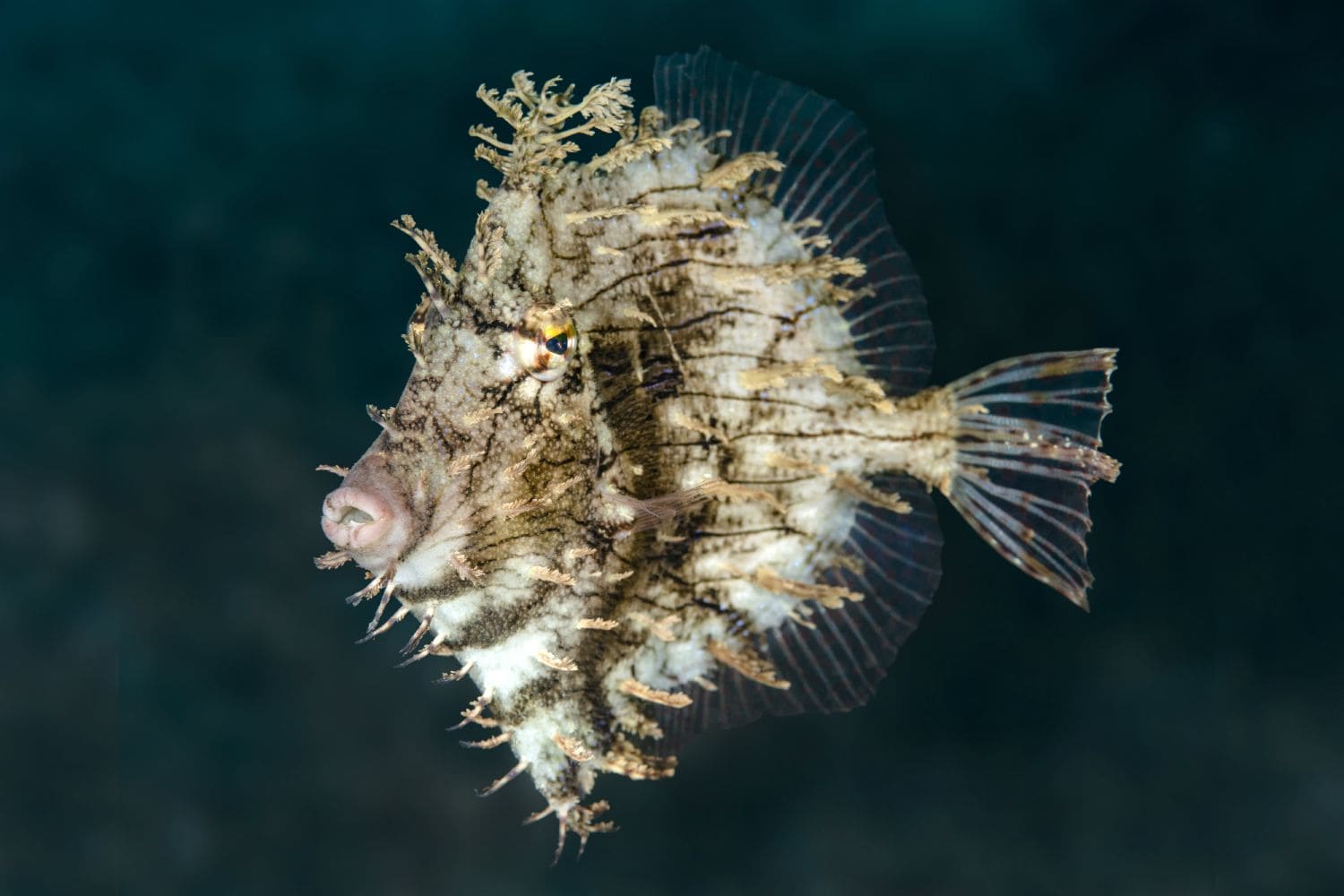
Glossary:
The Orange Shoulder tang, or Acanthurus olivaceus, is potentially among the best tangs to care for if you can give it the care it needs to thrive. It’s a colorful color-changing fish that can lend some visual appeal to your tank, which is why it’s a favorite among many aquarists.
In this Orange Shoulder tang care guide, you’ll learn about what caring for this fish entails and what you can expect when introducing it to your tank. Based on this information, you may decide whether this fish is right for you.
Although the Orange Shoulder tang may begin to go after your corals and inverts without sufficient feeding, you can make this tang reef-safe by ensuring it has plenty of plant-based foods to eat, including algae, which is potentially the fish’s primary meal.
Orange Shoulder tang’s diet is omnivorous, enabling you to feed them meaty and plant-based foods. Algae is the fish’s main course and should be the first type of food to consider feeding your Orange Shoulder tang. In addition to algae, you can feed the fish veggie clips with nori and spirulina foods.
Apart from the primary dish of algae and other plants, you can feed your Orange Shoulder tang meaty foods such as Mysis shrimp, which will supplement the algae diet and keep the fish from going after coral and other invertebrates in a reef tank.
Orange Shoulder tangs reach around 14 inches long when fully grown, which is why you need a fairly large tank to accommodate them. The best tank size for this fish is 125 gallons at a minimum with an 18” width.
While many tangs tend to be on the aggressive side, the Orange Shoulder tang is an exception. They’re compatible with other members of their species in the same tank for the most part, and they pair well with other types of surgeonfish.
They can be a little difficult to care for when first acclimating to a new tank, but once you’ve effectively introduced them to your tank, Orange Shoulder tangs tend to be pretty hardy and easy to maintain.
The cost of an Orange Shoulder tang will depend on various contributing factors such as size and availability, but you can find this fish available at many aquariums at anywhere from $50 to $150 or more. Shop around to find the ideal fish for your aquarium at the best price.
The following are some facts about the Orange Shoulder tang you might not have known:
Unlike many other tangs, the Orange Shoulder tang tends to get along well with other members of its species. However, you must ensure each fish is introduced to the tank at the same time to help them bond. You can even keep adults and juveniles with one another, as long as you give them ample space and food.
In addition to other tangs, you can keep many tank mates with your fish. Some examples of ideal tank mates include:
Generally, they get along with most other families of a similar size and temperament.
If you want to buy an Orange Shoulder tang, you can find this species at online aquarium shops such as:
The Orange Shoulder tang might make a great addition to your tank, offering a colorful display and a peaceful tank mate for other fish as long as you provide the fish with the right amount of food.